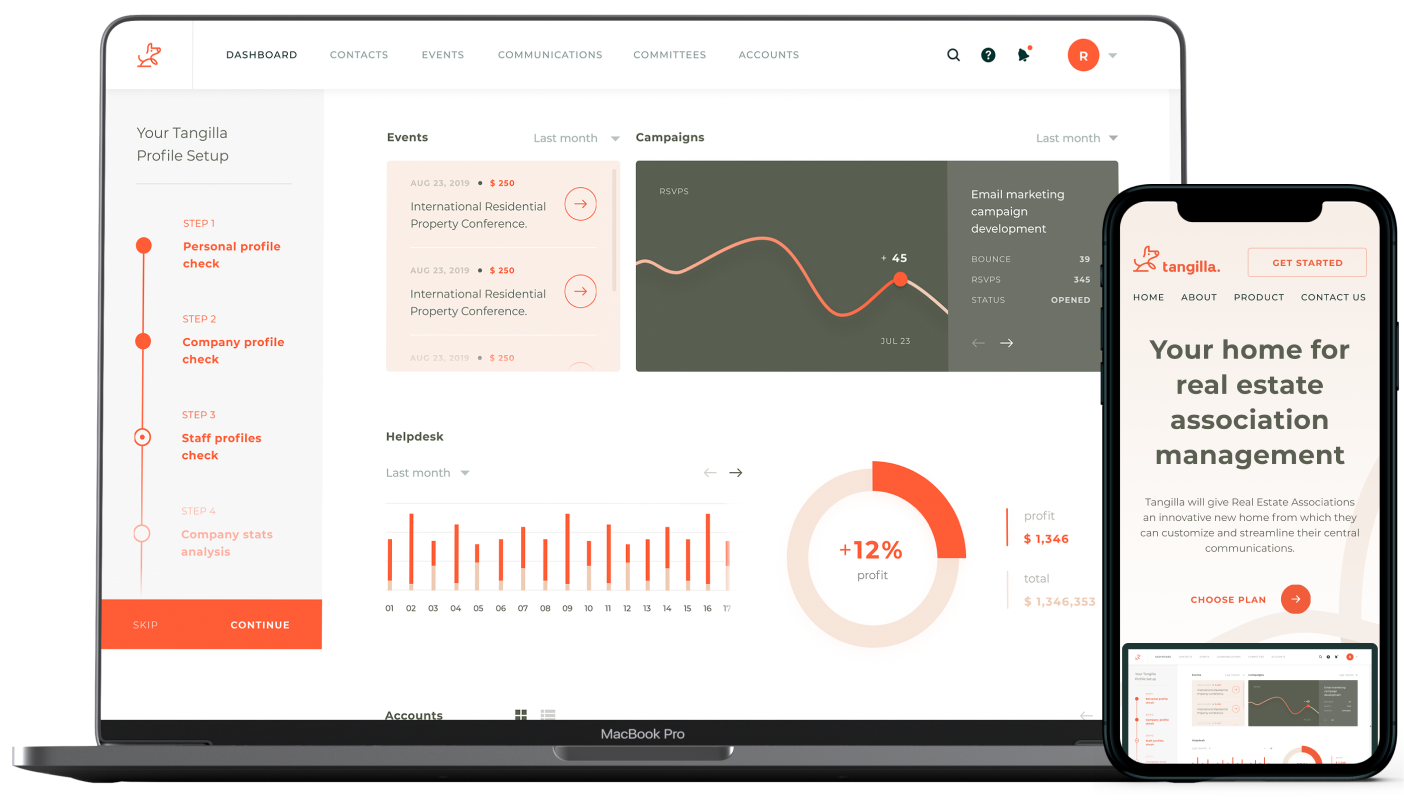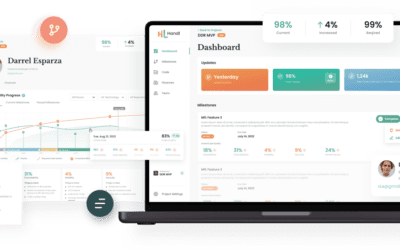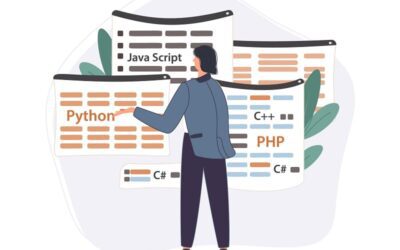
Historically, real estate association management systems (AMS) were clunky and confusing on-premise tools.
People had to be trained to use outdated user interfaces and workflows.
IT teams had so much to manage — updates, infrastructure costs, and data management.
Associations were stuck in outdated software and service to members was suffering.
In short, associations and agents needed a new tool that saved everyone time and delivered on the promise of a higher level of service to members.
And with an addressable market of over 1100 REALTOR® associations that represent over 1.4 million REALTORS®, Tangilla’s founders saw a huge opportunity for an AMS that would work for modern-day REALTOR® associations and agents instead of against them.
But Tangilla’s founders felt their time was best spent focusing on the customer and solving that business problem. So they turned to Dazlab to fast track their product’s initial interface design and prototype development to provide the foundations that they could continue to build upon.
“Trusting Dazlab with the initial interface design & engineering freed us up to find our first customers and ensure we are solving the right problems. ”
— Phil Kells, Founder at Tangilla
The perfect system for the modern association
Building an innovative product isn’t easy, especially one for the red-tape-ladened real estate world. It demanded a three-step approach that teased out the product’s value, designed it around users, then built it for scale. Here’s how the whole thing went down:
1. Objective to features

Tangilla’s founders spent a lot of time with their customers to understand the pain points and problems. This refined their business objectives and helped them to identify the features that would solve these problems and pain points.
With experience in the real estate market, Dazlab then acted as a soundboard for Tangilla’s founders and defined exactly what those pains and business problems would look like as value-adding features for their customers.
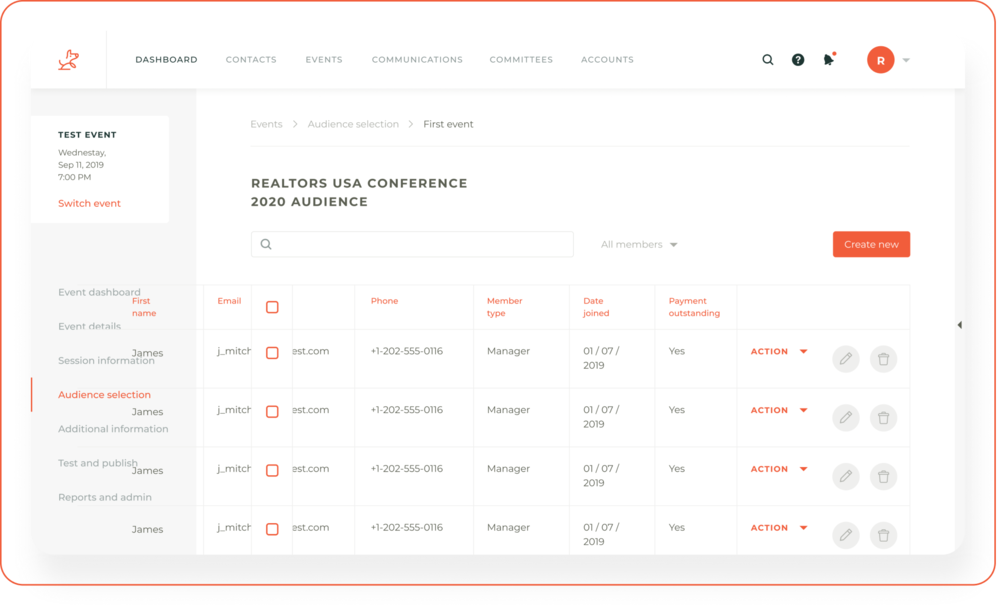
2. A complete design system

With clearly defined product features, Dazlab’s team bought Tangilla to life through wireframes, user journeys, and interactive interface designs. This resulted in prototypes that the founders, Dazlab, and prospective clients can walk through to validate the product.
In parallel, the team built a complete design system that contained a series of reusable components which meant that every future product feature could be rolled out at speed.
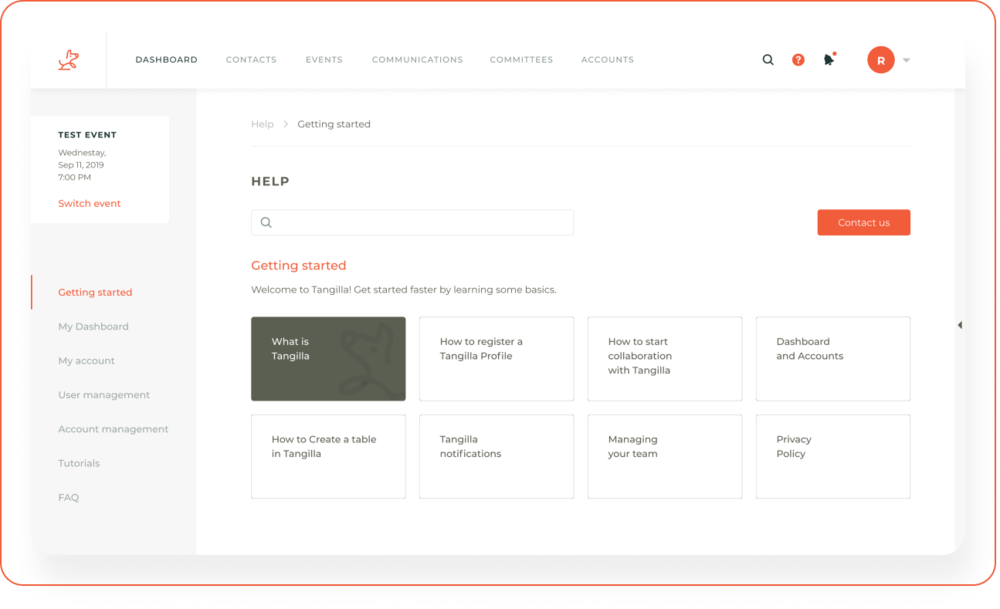
3. Developing for future features

Tangilla’s goal was to fast track their initial product development as a prototype, and then use their in-house team to build out future features. So they tasked Dazlab with building:
- Journey + Interface Design
- Engineering services
- Best practice development workflow
- Development management and QA services
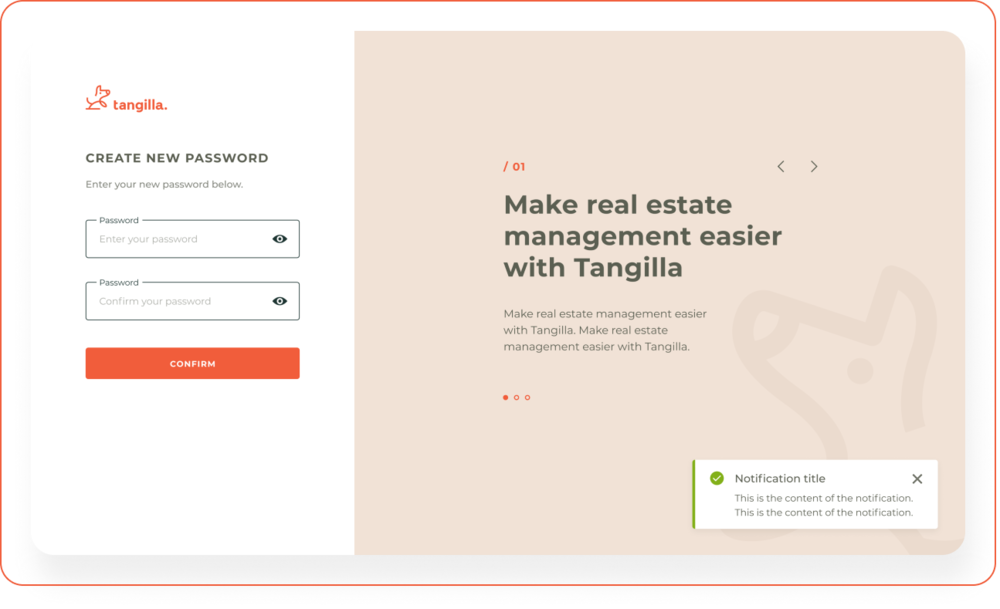
And because Dazlab built everything in clear, scalable, and reusable frameworks, Tangilla could hand the product off to a team of in-house developers who could use these frameworks to turn around updates much faster and with reduced effort.
“Dazlab was a great sounding board for our idea. They understood exactly what we were building and then delivered a solid foundation for us to build from”
— Phil Kells, Founder at Tangilla
And with an impressive product in hand, Tangilla attracted its first client.
